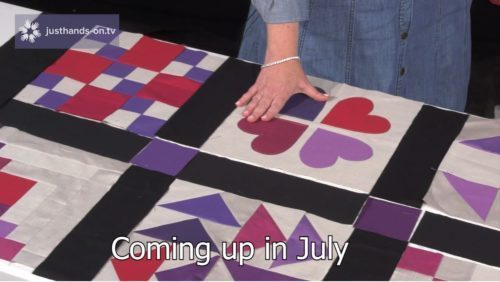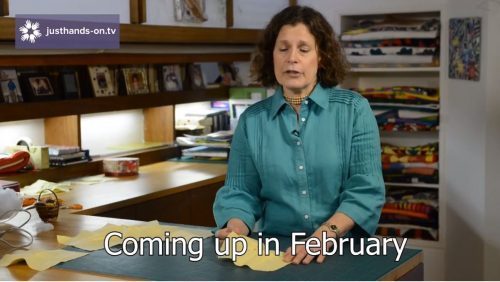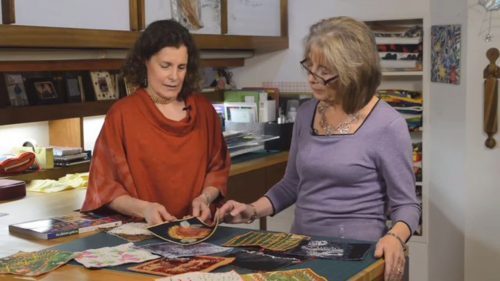About Linda
Linda Seward is an experienced quilter, writer, lecturer, and quilt judge.
Linda’s been doing needlework ever since she learned to hold a needle. She was taught to embroider by her mother and to knit and crochet by her grandmothers. She began to sew her own clothes at the age of 10, but didn’t begin making quilts until she was in her 20s.
Linda attended Livingston College (Rutgers University) where she earned an Anthropology Degree, then switched to Douglas College where she received a Home Economics degree in clothing, textiles, and design. She studied fashion in New York City at Tobe-Coburn School for Fashion Careers before working as a needlework and crafts editor in both America and England. She taught herself the basics of quilting while working as an editor for McCall’s Needlework & Crafts Magazine in New York City. After that, although she edited dozens of books on all types of needlework and crafts for Dover Publications in New York, Linda always felt that she would rather be quilting.
Linda has written twelve books about her favourite subject, quilting, including The Complete Book of Patchwork, Quilting and Appliqué , which has been used as a source book for the British City & Guilds Patchwork & Quilting course and has sold over a quarter of a million copies in several languages. It has recently been updated and reprinted by Search Press. Linda’s latest book, entitled The Ultimate Guide to Art Quilting, is published by Sixth&Spring, New York. She has also published books on puppies, babies, crochet, knitting, and general crafts (under her maiden name, Linda Macho).
Linda has appeared on television and radio shows, and has judged numerous quilt shows around the world. She had a regular column in The Quilter magazine for 20 years, and works now as a freelance writer and photographer as well as being a quilter, of course!
Linda found a new obsession in lockdown during her daily walks: nature photography. According to Linda, “I realised that I didn’t know much about the natural world and resolved to teach myself as much as I could through photography and research. This lockdown project turned into a new obsession as I continue to learn about all aspects of nature from plants, lichens insects, birds and animals to fungi and even slime moulds.”
Linda lives in London and Oxfordshire with her husband and two Border Terriers.
Signature Technique
Art Quilting
Top Tips
- One of the best ways to expose yourself to new techniques is to take a workshop with an expert.
- Add aloe vera gel to heighten the colour of inktense pencils.
- Use confetti fabric and glue granules to get a wonderful confetti applique effect.
- Add a little sparkle to your project with printer foil (make sure that you iron colour side up!).
- Use a silicone pressing sheet to keep your iron clear.
- Give the viewer a gentle surprise by adding soft sculpture faces in your quilt.
Videos
Patterns
Posts
Annette Emms workshop
Val: We so enjoyed filming in Annette's house; she shared with us her love of all things magic - fairy shoes, whimsycal pictures, felt balls and her amazing trick for transferring images onto fabric just on her kitchen table - a must-see for all you mixed media fans and its now up-and-running in the workshop section of the site.
Angela Madden and Barbara Weeks
Jennie: Had mad day yesterday filming Angela doing her amazing Multi - Plait and her Circle Slice. Angela did a great job on the demos and now I feel I could make a multi-plaited cuved slice of twiddling! Dream on - if I only had the time. Then we all repaired to local pub for lunch and off to Barbara's carrying cakes (made by Angela!) for extra sustenance.
How to Bind your Quilt
A small strip of fabric gives the finishing touch to your quilt and this video guides you through those steps. www.justhands-on.tv/videos/1/ It includes discussion about use of the walking foot; simple quilting on the quilt, how to mark the quilt and a suggestion about the stitches you can use - again with the walking foot; you learn what seam allowance is necessary and, most importantly, how to create the mitred corner to give a perfect finish.


























